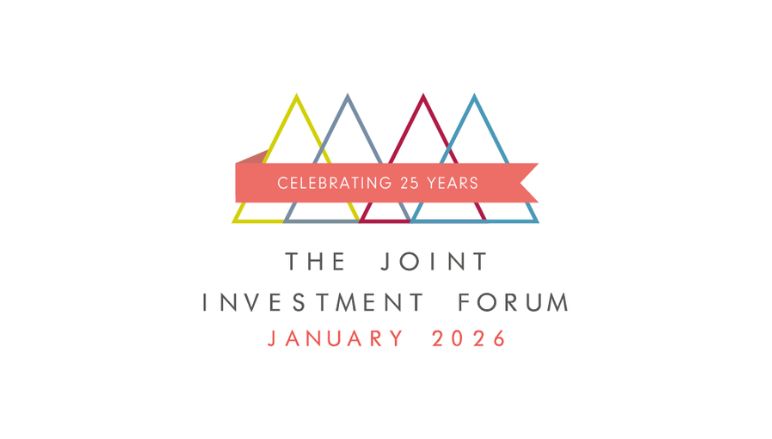HUB EXCLUSIVES PANEL DISCUSSION
Panel discussion, hosted by Cherry Reynard, with:
Mike Riddell, Portfolio Manager, Strategic Bond Fund, Fidelity Investments
Robert Baltzer, Head of Credit Research and Co-manager of the Strategic Bond Strategy, Baillie Gifford
Ostensibly, there is plenty of opportunity in bond markets, with yields high across the world. However, risks are also accumulating. Developed market government debt is very high, spreads for corporate bonds are low, and the US is pursuing increasingly unorthodox economic policy, which may be destabilising. Where are strategic bond managers finding opportunities in this difficult environment?
Mike Riddell, manager on the Fidelity Strategic Bond fund, says investors need to be wary about developed market government bonds, and treasuries in particular. With US growth re-accelerating, inflationary pressures re-emerging, market assumptions on rate cuts look optimistic. He adds: “If the market is pricing four rate cuts and it only gets one, treasuries will have a terrible time – yields will rise not fall. Treasuries have really moved in the last four months. Now they’ve gone too far the other way. The markets is pricing in lots of cuts, but growth is accelerating and we’re about to see some higher inflation numbers. That makes me nervous about shorter- and medium-dated bonds.”
He is also bearish on longer-dated bonds: “There are huge borrowing needs in the US. Trump has been cutting taxes. Those cuts aren’t going to pay for themselves. They will result in bigger deficits. I don’t see an end to the pressure at the long end of the curve.”
He sees more value in unloved developed markets such as the UK. The UK cannot afford to ramp up borrowing in the same way as the US, as became clear under the premiership of Liz Truss. He says: “The UK is a little different because we know from 2022, and the mini-budget debacle, the UK clearly can’t run big fiscal stimulus because the market will not tolerate it. In the US, they haven’t got the message yet.”
He adds: “Here in the UK, gilts are looking pretty cheap. If 30-year yields are the highest since the late 1990s, it also means gilts are the cheapest they’ve been. We expect inflation to fall quite dramatically from the second quarter of next year, probably towards central bank target, and the market is only pricing in two more rate cuts – from 4% to 3.5%. If inflation is at target and UK growth is a bit lacklustre, the Bank of England can cut rates by a lot more than that.”
He also sees opportunities in emerging markets, where yields are high, inflation is falling and interest rates are likely to fall. “In Brazil, for example, inflation is probably going to come down next year because the currency has been strong. But interest rates are at 15% and the bonds are yielding 13%. These are huge real yields.”
Credit markets
In credit markets, investors need to tread carefully, with spreads at multi-decade lows. Robert Baltzer, co-manager on the Baillie Gifford Strategic Bond fund, says that corporate bonds have high all-in yields and in most cases investors are still getting a premium over government bonds. “Spreads are relatively low and I certainly wouldn’t have a high conviction that credit can outperform over the short-term. It’s done extremely well in recent times. However, over a longer period, your starting yield is a pretty good guide to the outcome you should expect. On that basis, you should still do well in credit. Fundamentals are pretty good in most places.”
He points out that corporate default rates continue to fall. “The long-term average for high yield credit is around 4% per annum. For the last couple of years, it’s been a little higher than that, but that is coming down and is expected to fall well below the average rate. That goes hand in hand with lower spreads.” Default rates will often be a lagging indicator, starting to rise when an economy has already come through economic turmoil.
Nevertheless, for his portfolio, he is looking for resilience. “If you look at, for example, the financial sector or even utilities. These are areas where credit quality is strong and we expect decent returns over time.” He is less keen on sectors that are vulnerable to higher interest rates - housebuilders, chemical companies or the automotive sector, for example.
He is also cautious on high yield, not because he sees problems, but because the reward for risk is low. “We’re driving towards safer assets – subordinated bonds from blue-chips, for example - and away from broad, generic swathe of high yield companies that are exposed to economic ups and downs.”
Like Riddell, Baltzer is positive on the UK, with sterling denominated bonds making up more than half the portfolio: “We’re particularly positive on the UK financial sector and it’s a big chunk of where we’re investing. There is a great diversity of businesses, and a stable regulatory backdrop. That’s increasingly supportive. We’ve been in a period of re-regulation of the financial sector that was required after the GFC. Capital levels are strong, businesses are well-managed. We’re invested in banks, insurance companies and asset managers.” He holds Nationwide Building Society, for example, where the subordinated bonds pay around 7%.
While there are opportunities in bond markets today, they are not always in the most obvious places. Strategic bond managers are digging deep to uncover value in an unpredictable market environment.


















